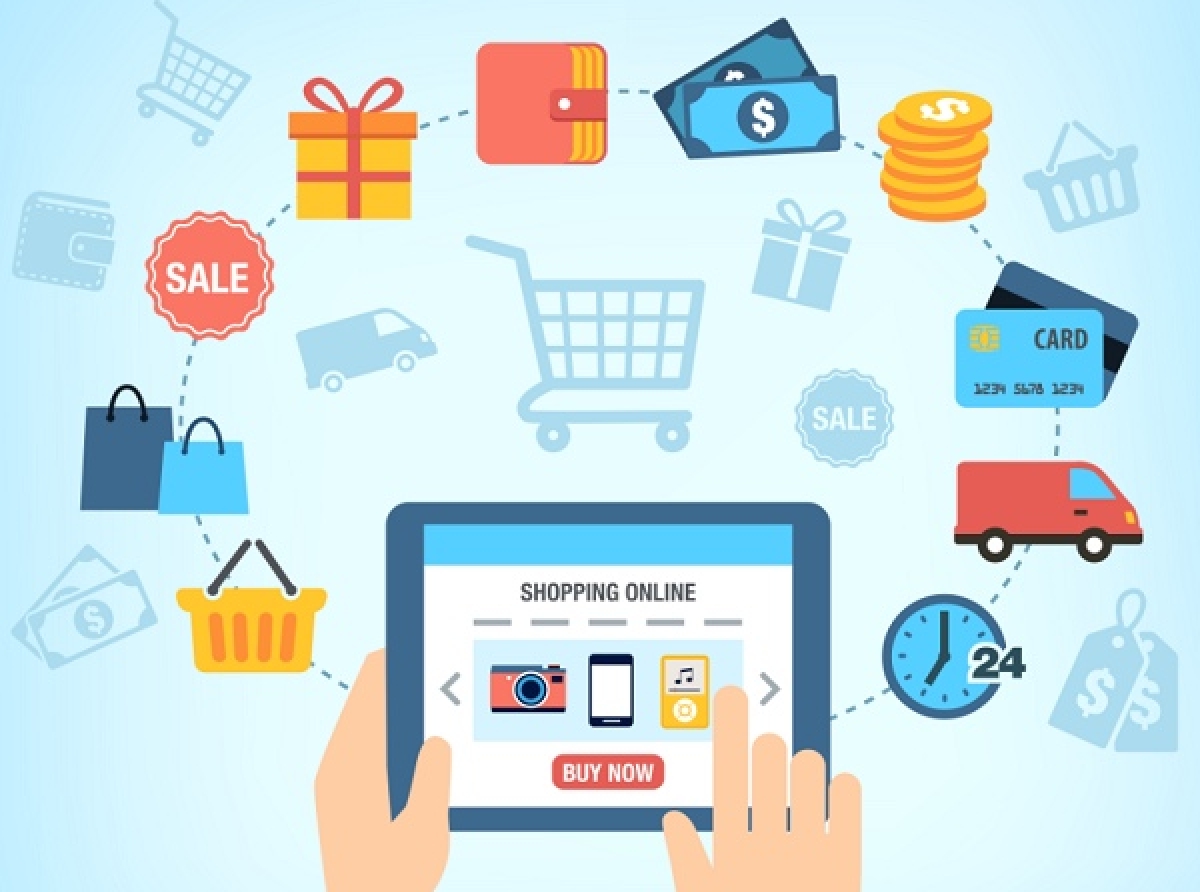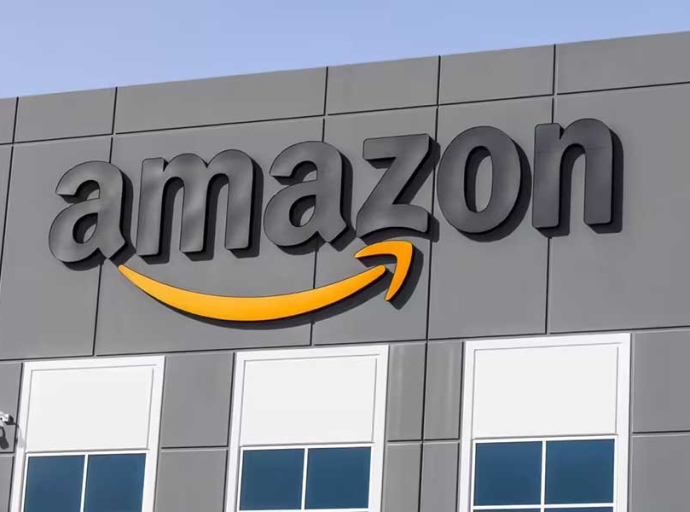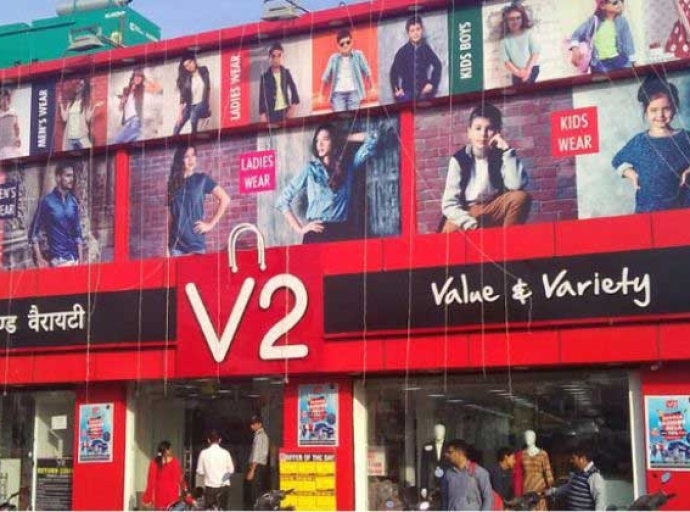India's Retail Paradox: Booming e-commerce and brick-and-mortar expansion

Despite the rise of e-commerce, India is witnessing an increase in demand for physical retail space. What explains this seemingly contradictory trend? This paradox is highlighted in, JLL's recent report ‘India Retail: Evolving to a New Dawn. While e-commerce continues its rapid growth, demand for physical retail space is also on the rise.
India's e-commerce market is expected to reach $150 billion by 2026, growing at a CAGR of 25 per cent. Meanwhile over 38 million sq ft of retail developments are in the pipeline across India's top cities between the second half of 2023 and 2027. While specific data from the JLL report is unavailable, India's private consumption expenditure grew by 6 per cent in fiscal year 2023.
Resolving the paradox
There are several factors behind this seemingly contradictory scenario.
Omnichannel strategy: Retailers are increasingly adopting an omnichannel approach, integrating online and offline channels to provide a seamless shopping experience. Physical stores serve as experience centers, showcasing products and building brand loyalty, while online channels offer convenience and wider reach.
Experiential retail: Malls are evolving into lifestyle destinations, offering entertainment, dining, and social experiences alongside shopping. This attracts consumers seeking more than just transactional interactions.
Tier II & III city expansion: Retailers are expanding their footprint beyond major metros, lured by the growing disposable incomes and purchasing power of Tier II and III cities consumers. These cities often have limited e-commerce penetration, making physical stores crucial for reaching new customers.
E-commerce limitations: Despite its growth, e-commerce faces challenges in India, including logistics, delivery infrastructure, and consumer trust, especially in categories like high-value items and fresh produce. Moreover, while e-commerce offers convenience, many consumers still value the tangible experience of shopping in physical stores, especially for apparels, footwear, and beauty products.
Investment in infrastructure: Government initiatives like the development of highways and EV charging stations are creating new opportunities for "highway retail," further driving demand for physical retail spaces.
Therefore, the simultaneous growth of e-commerce and physical retail in India is not a contradiction rather it’s a reflection of the evolving retail landscape. Retailers are adapting to changing consumer preferences by embracing omnichannel strategies, creating experiential spaces, and expanding into new markets. This dynamic interplay between online and offline channels is shaping the future of retail in India, offering consumers greater choice and convenience.
Latest Publications

































